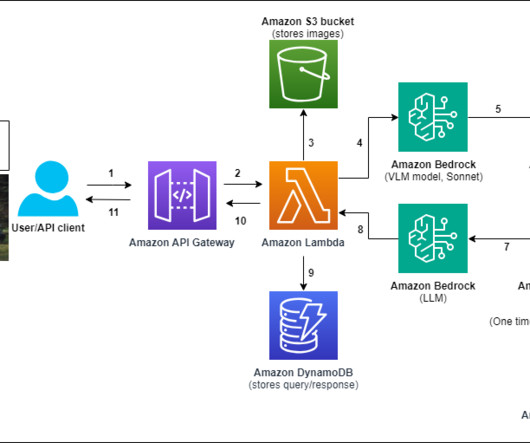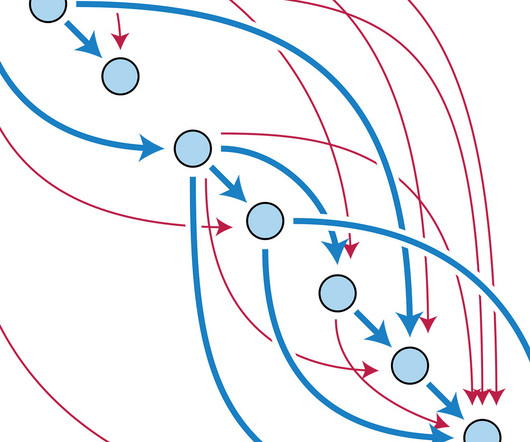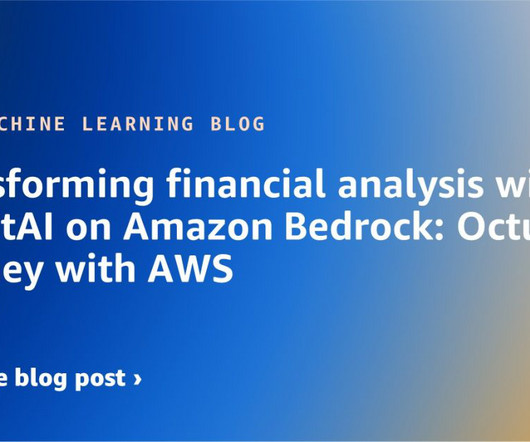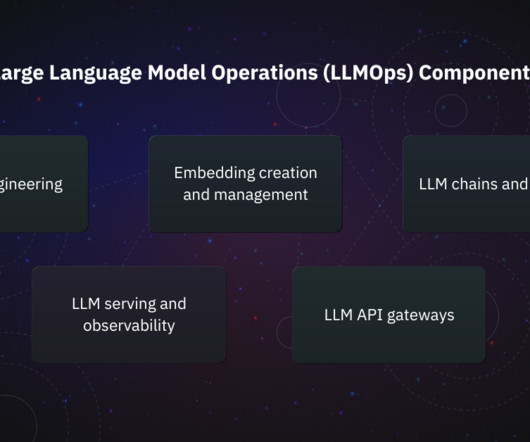Understanding REST API: A comprehensive guide
Data Science Dojo
MARCH 30, 2023
In the illustration below, we are showing how different types of applications can access a database using REST API. Layered System: REST API should be designed in a layered system architecture, where each layer has a specific role and responsibility. Code on Demand : REST API supports the execution of code on demand.















Let's personalize your content